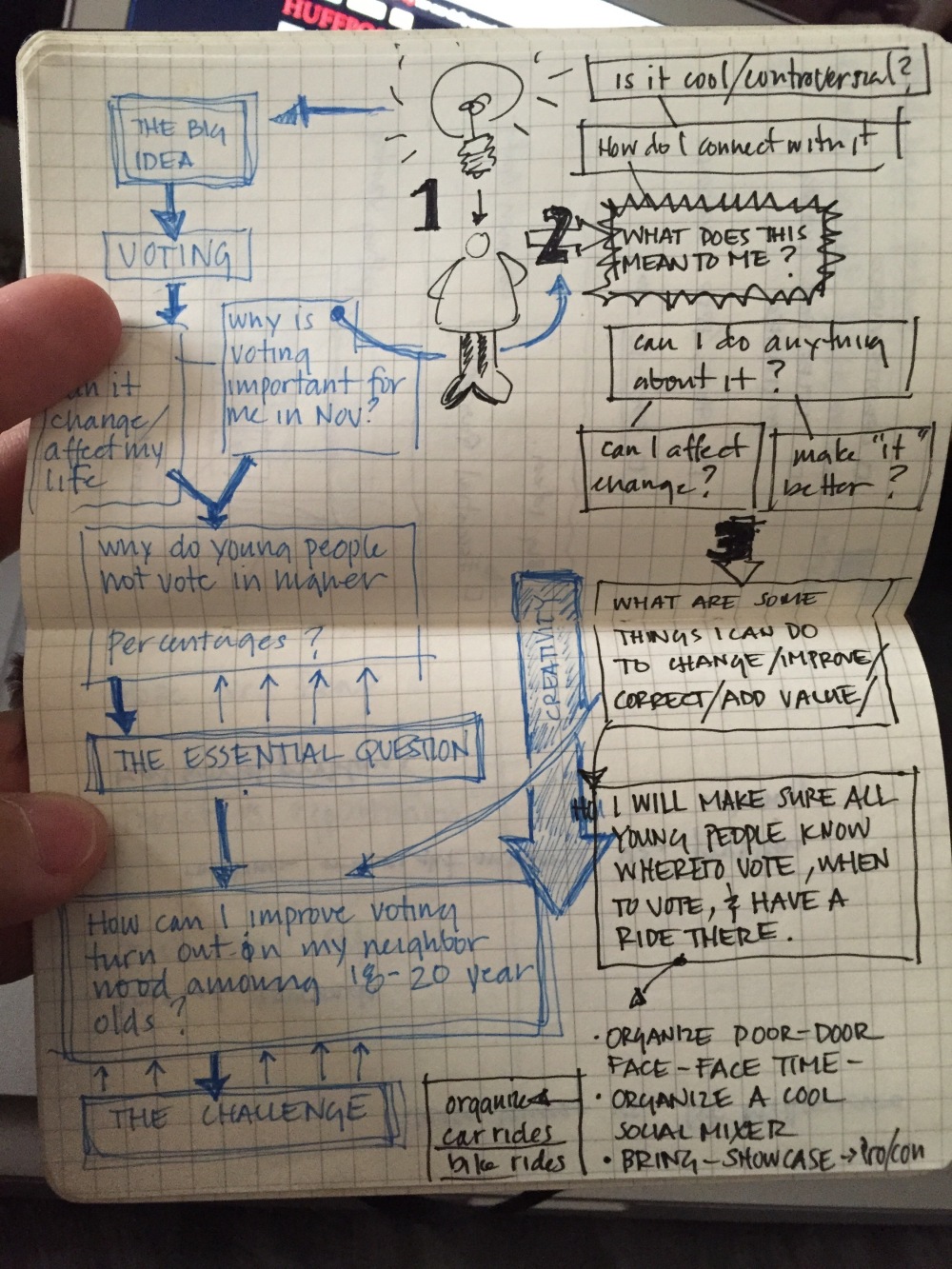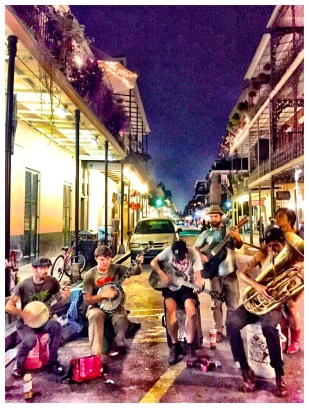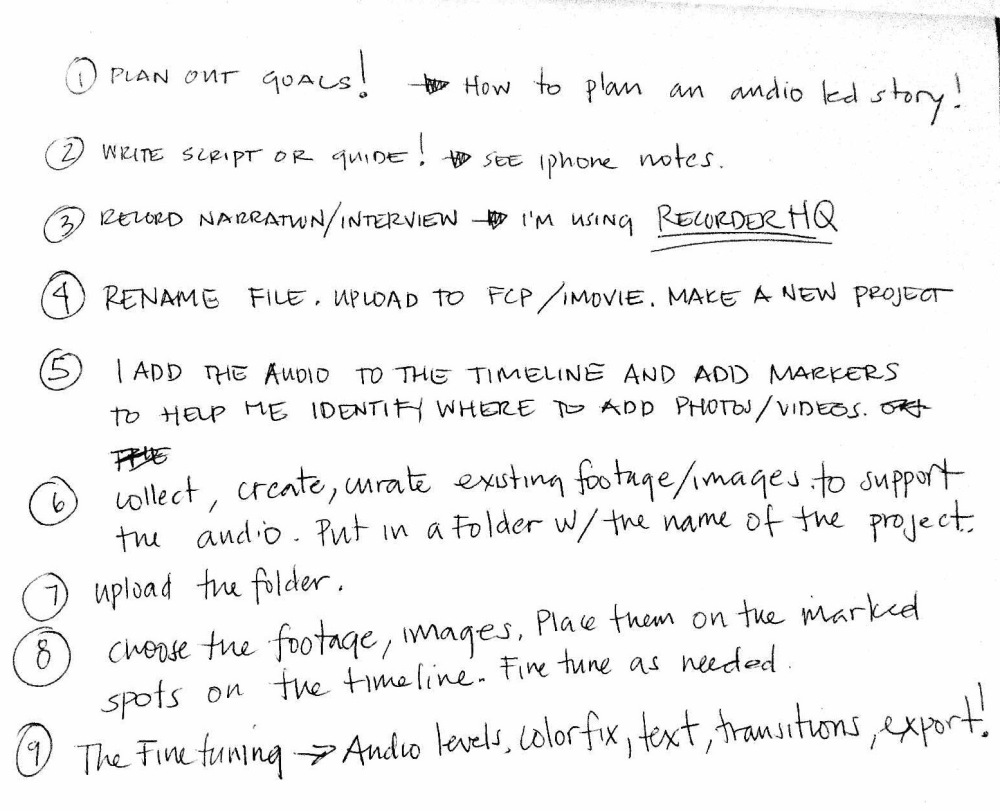Documentaries are more about what people say then what is seen. what is seen supports what is being said. I know it sounds simplistic, however, there’s an art and a science to getting the right interviews.
Here are a few tips on how to collect, curate, cultivate, and create a good interview:
1. Don’t call it an interview! Make it more about a conversation. Be curious. The authentic with your questions. Most people I have met like to talk about things they are passionate about. so, have a conversation with them about it. I genuinely am curious about the people I am interviewing. I really want to learn from them. I don’t look at my notes. I look at them. I listen. I ask clarifying questions. Because of the genuine questioning, your learning comes across in the story.
2. Make them comfortable. before shutting the camera in their face, get to know them. tell them you’re excited to learn from them, to talk to them about the topic or big idea you’re exploring. Coordinate with your camera person prior to the interview to check audio levels during this “get to know them” period. The camera person/audio person can check the light, audio levels while you get to know them. This also allows you to focus on the person you’re interviewing and not on equipment. If you’re doing this by yourself, know the locations ahead of time. if you’re doing sound, monitor the sound with one year bud, making sure you’re getting good levels while still being attentive to the person you’re talking to. The key tip here is have the interviewee think about how to prepare for the question as oppose to thinking about the right answer. Don’t provide your questions ahead of time. You can, however, share with them the big idea, general points, goals, ideas. This way their not thinking about the answer ahead of time. I, personally, like it when I see them thinking. I love the pauses and the looking up to think about the question a bit more. Plan ahead.
3. Encourage the person you’re interviewing to include the question in their answer. This will help facilitate during the editing process. this way, you don’t have to add the question in the final edit. for example, if you ask, what’s Your favorite part of the guitar? The interviewee should respond, “My favorite part of the guitar is……” The more comfortable the interviewee is with you, the more you can coach them, model for them the appropriate way.
4. Listen. Listen carefully to the answers. If something needs to be clarified, ask a clarifying question. The good thing about interviewing someone where you are genuinely curious, you will ask the right clarifying questions if needed. if they say something profound or something that triggers ideas, you can stop and make a note. Tell the person you’re talking with that you must write a note down because of something important they said. Don’t take too much time, however, just make a quick note to remind you right after the interview. Listening is a critical tool for all storytellers.
5. Invest in a good Microphone. There are many microphone adapters you can buy for your iPhone/mobile device. I like the Rode lav mic. You can quickly attach it to someone and use the associated app to record the interview. Sometimes audio only is enough. You can listen to it later, take notes of what was said, and go out and shoot or collect coverage (footage) to support the interview later. If you don’t have a mic, storytellers today are lucky today because the iPhone, iPad, and many android devices have great microphones. Just place it by the person you’re interviewing, and hit record. Make sure you use an app that allows you to see audio levels. There are a few options for you to record using a microphone and monitor the audio. I’ll have to add a link to this later.
6. Do your homework. Before interviewing someone, you should have an idea of what you need for that interview. Invest in a cool small notebook like a Moleskin or livescribe notebook. Review your notes prior to the interview. write down notes after the interview. Try to create a system of notetaking that others can understand if they look at it. This way, you can scan, take a picture of it with your iPhone, send it over to another producer, director, camera person, or editor for notes or instructions. For example, I have a common language and common symbols. I write things like coverage, I have letters like W (for wide), M (for medium), C (for close up). I use B (for B roll), I also use A (for A roll). I draw a lot in my notebooks.













